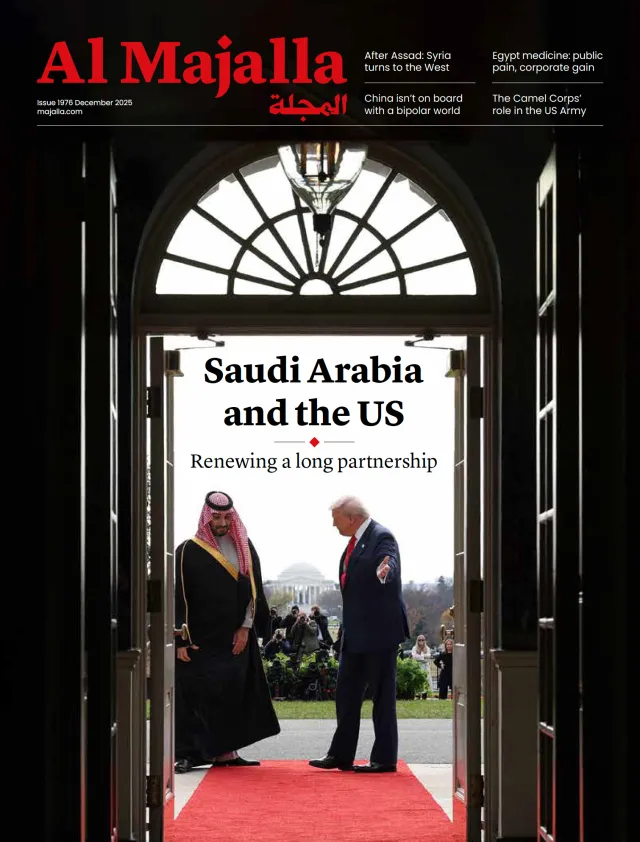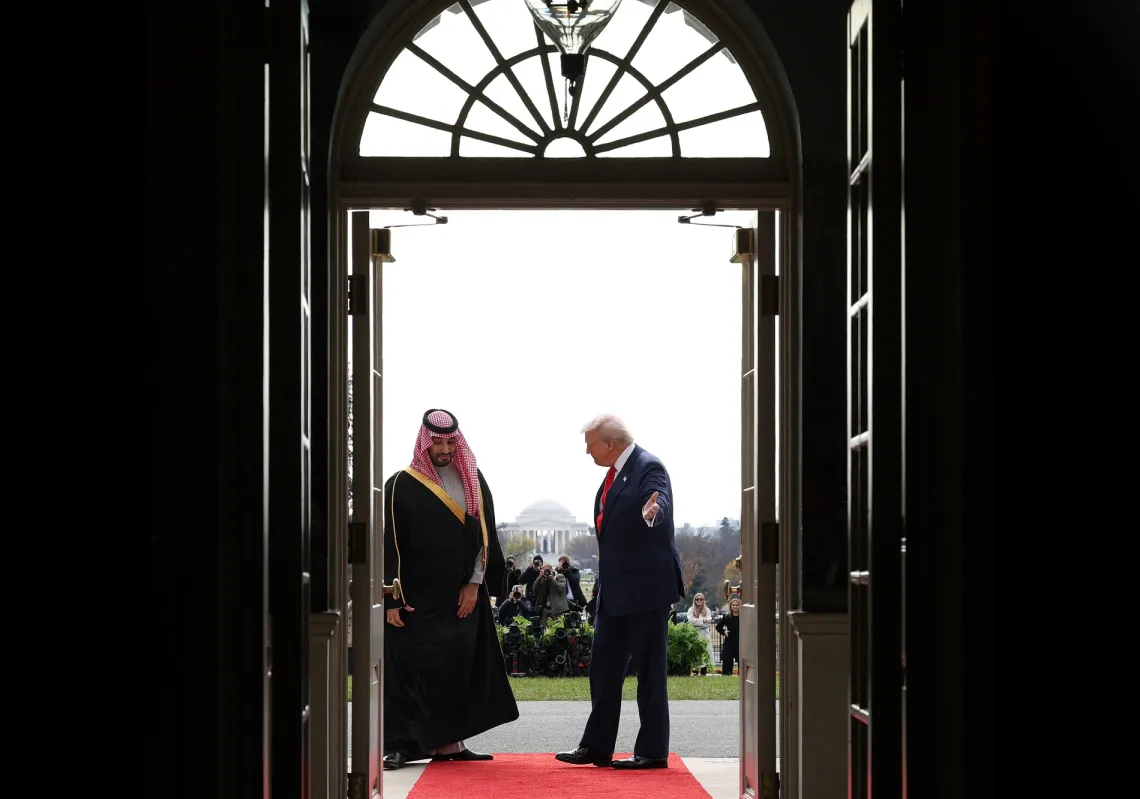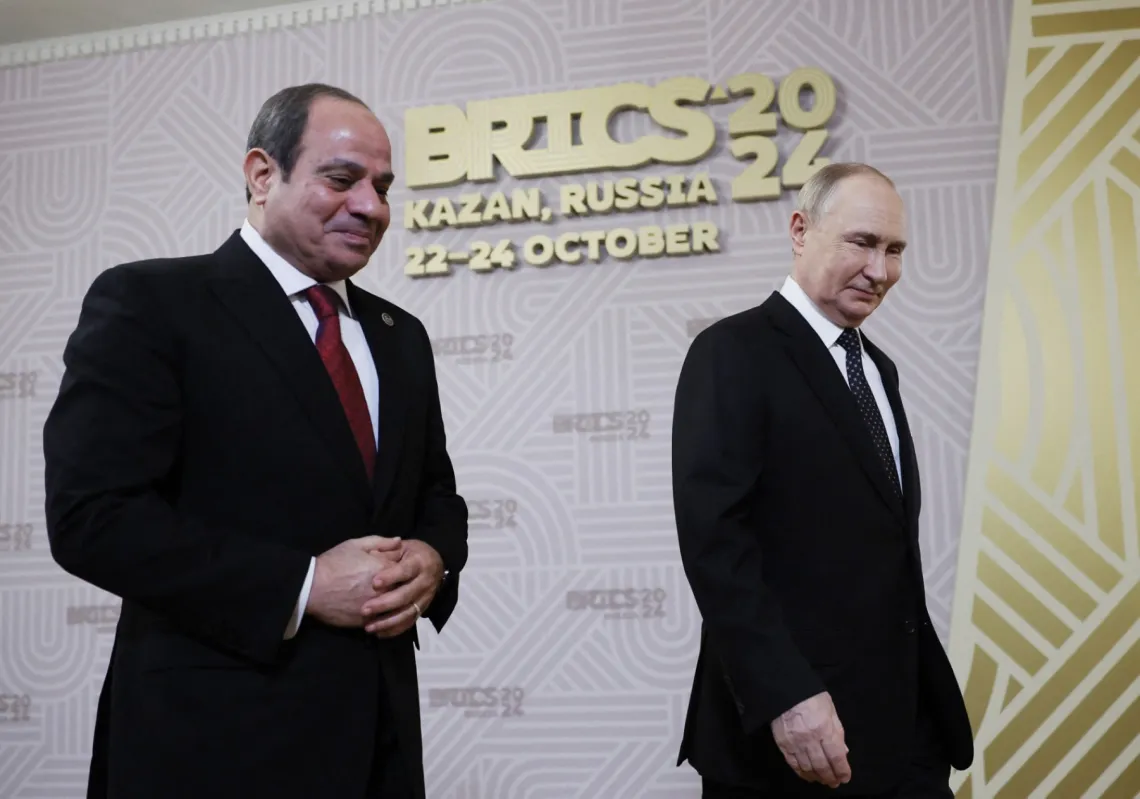This week, US officials confirmed that 500 American military personnel have been withdrawn from their posts in Syria, six months after the fall of the Assad regime.
The US soldiers had been there on a long-term mission to counter Islamic State terrorists in the country’s east, and critical facilities for the mission—such as the MSS Euphrates and the Mission Support Green Village—have either transferred to the Syrian Democratic Forces (SDF) or shuttered entirely.
Tom Barrack, the US Envoy for Syria, told a Turkish outlet that the US has “gone from eight bases to five, to three,” adding: “We’ll eventually go to one.” At the same time, Washington has told the Syrian Democratic Council to expedite its negotiations with Damascus to integrate SDF forces into the new Syrian Army by the end of August.
Damascus-SDF negotiations on security reform were set to last a year, following an agreement between the SDF’s Gen. Mazloum and President Al Sharaa in March, but with political gridlock and an absence of consensus, delays were expected.
The US likewise confirmed that it had given Damascus the green light to incorporate around 3,500 of foreign jihadist fighters into the 84th Syrian Army Division—a major U-turn, given Washington’s hesitancy about the role of foreign fighters in the new administration’s Ministry of Defense, evidenced by its inclusion on America’s list of conditions for sanctions relief.
Eyeing the door
The three decisions—to withdraw, to give the SDF a deadline, and to drop objections to foreign fighters’ involvement)—signal not only a new US approach but a new impatience with Syria’s slow governance-building process. This reflects a deeper imperative: smoothing the way for the pending full US departure from Syria and Iraq.
It comes after US President Donald Trump met Al Sharaa in Riyadh and agreed to end US sanctions on Syria, to give Damascus a chance to rebuild. To analysts, this pointed to Trump’s long-held objective of physically withdrawing US troops from the Middle East, with all signs pointing to a full-scale departure before the end of 2025.












